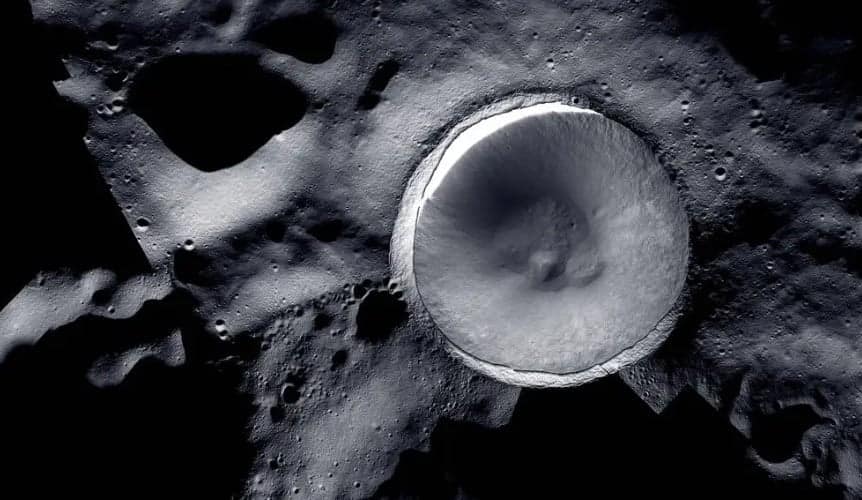China’s Chang’e-7 mission launched in 2025, project aims to investigate the Moon’s south pole for potential water resources. The mission employs an innovative flying robot, designed to traverse the Moon’s challenging terrain. This initiative is part of China’s broader strategy to establish a permanent research base on the Moon.
Objectives of the Chang’e-7 Mission
The Flying Robot Technology
Importance of Water on the Moon
Water on the Moon is crucial for future exploration and colonisation. It can support human life and facilitate long-term missions. The presence of water ice could also help in producing fuel for rockets. This self-sufficiency is essential for reducing costs associated with lunar missions.
The South Pole’s Unique Environment
The Moon’s south pole is particularly interesting due to its permanently shadowed regions. These areas may contain water ice that has remained frozen for billions of years. The Chang’e-7 mission aims to explore these shadowed craters. About this unique environment is key to unlocking the Moon’s resources.
Future Implications of the Mission
The success of the Chang’e-7 mission could pave the way for future crewed missions to the Moon. China aims to establish a lunar research station by 2030. This would allow for sustained human presence and research on the Moon. The mission also positions China as a leader in space exploration.
Broader Context of Lunar Exploration
Lunar exploration is becoming increasingly important globally. Various countries are investing in missions to the Moon. The search for water and other resources is a common goal. International collaboration may play a role in future lunar initiatives.

Leave a Reply